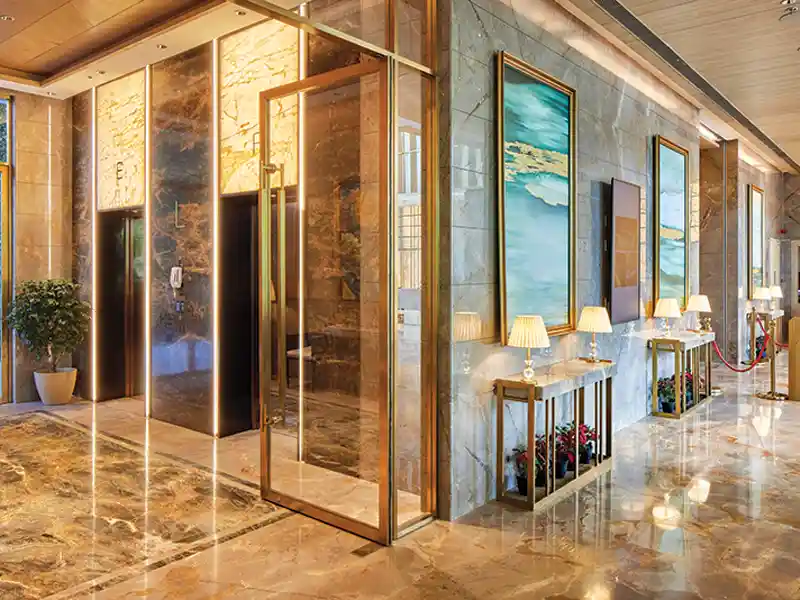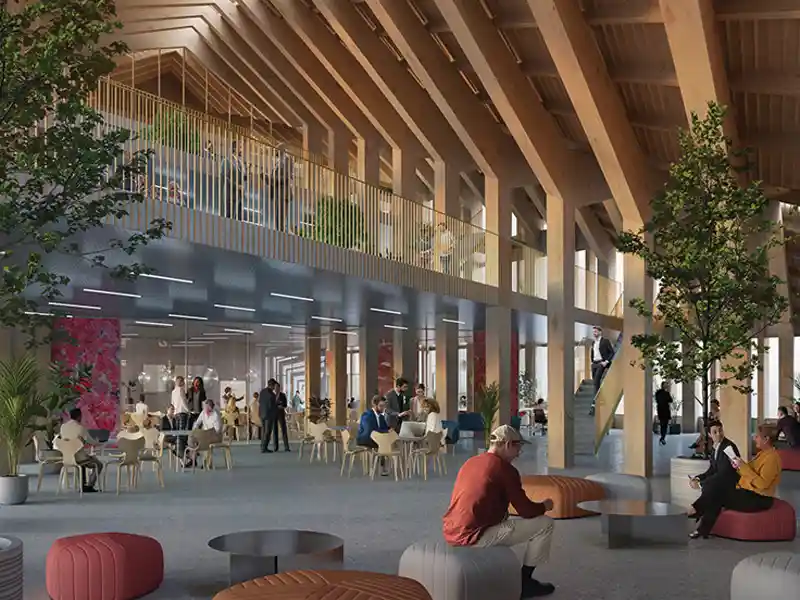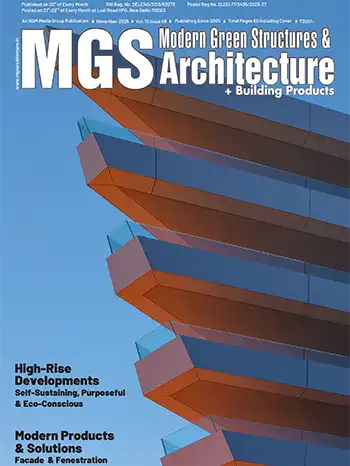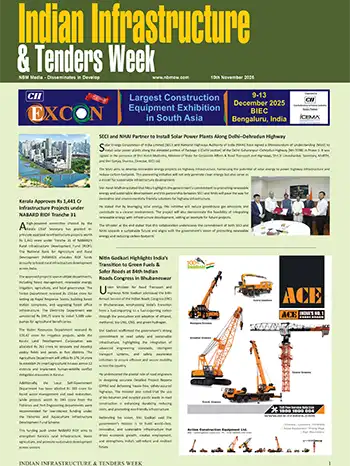A net-zero building generates as much energy as it consumes over a year, effectively neutralizing its carbon footprint.
Natasha Kochhar, Associate Partner & Principal Architect, LTDF Architecture + Interior Design
In an era where the environmental impact of human activities is increasingly under scrutiny, the architectural world is undergoing a transformative shift. Regenerative architecture aims to create positive environmental effects by integrating natural systems into the built environment. Within this, the essence of net-zero design extends as a niche to regenerative architecture, creating sustainable structures. Achieving net-zero status involves a combination of energy efficiency measures and renewable energy generation.
For effective energy efficiency, measures include using advanced insulation and energy-efficient windows; implementing heating, ventilation, and air conditioning systems; and employing sensors and automated systems to monitor and manage energy consumption in real time.

Utilizing renewable sources to their full potential serves as the base of net-zero design. One way is to include solar panels to harness solar energy. These photovoltaic panels can convert and produce electricity, reducing the reliance on external electricity sources. Utilizing wind power to generate renewable energy, particularly in areas with high wind potential can resonate with net-zero ethos. Geothermal systems can use the earth’s natural heat for energy-efficient heating and cooling.
Net-zero energy homes prioritize energy efficiency, all the way to the selection of construction materials and use of cutting-edge insulating materials that reduce heat transfer. High-performance glazing systems that have low-emissivity coatings maximize daylighting from natural sources while improving heat efficiency. Energy recovery ventilators and high-efficiency air conditioners provide low-energy interior temperature maintenance.

While achieving net-zero buildings in regenerative design is crucial, there are some challenges: Compared to conventional construction methods, advanced energy-efficient technology and renewable energy systems may require larger upfront investments. Further, existing building rules and standards that are out of step with net-zero goals frequently give rise to regulatory issues, creating a hindrance in such construction.
Regenerative architecture, with its emphasis on net-zero design, represents a paradigm shift in how we approach the built environment. By striving to create buildings that minimise harm and actively contribute to the restoration of natural ecosystems, we can pave the way for a more sustainable future.
















